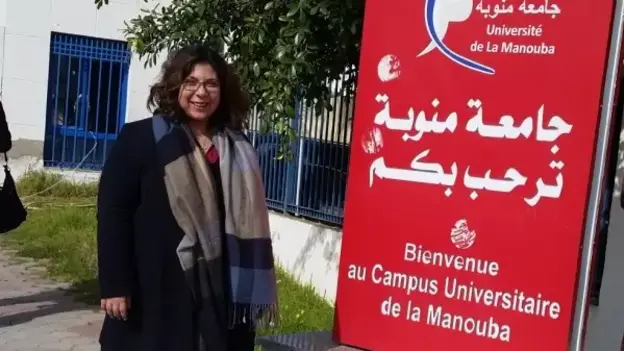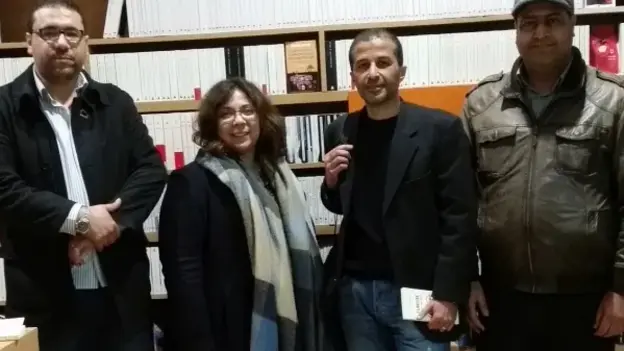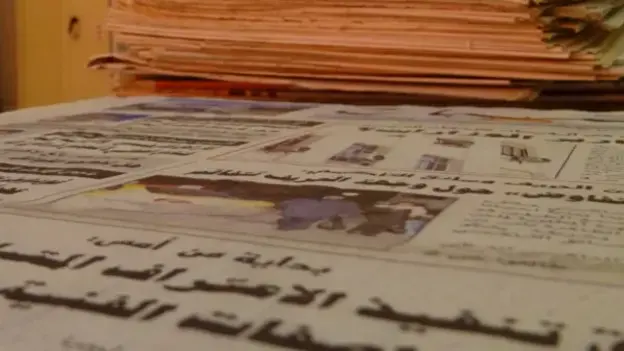Tandem Project
Tunisia at the Crossroads: Media and Politics in a Changing Region
Research
The Tandem Project Tunisia at the Crossroads by AGYA members Hanan Badr and Carola Richter aims to analyze the relations between politics, media, and socio-economic factors in order to define the role of media and public sphere in emerging transformation processes. The study scrutinizes the media agenda building effects from 2008-2011 in Tunisia.
AGYA members Hanan Badr and Carola Richter share a special research interest in media systems and their role in transformation processes. After realizing the AGYA conference 'Dynamics of Change: Media and the Public Sphere in Egypt', they focus in their new joint research project on the Tunisian public sphere and agenda building processes in the phase prior to the regime change in 2011. “Tunisia is an excellent case to study the relations between politics, media, and socio-economic factors”, says Hanan Badr. “These relations determine the conditions of a public sphere which can be clustered into different types. These types are widely analyzed in the context of established democracies, but we know little about them in the framework of transition countries,” she further explains.
From a retrospective point of view, we can say that human rights pressure groups successfully placed marginalized issues into the national focus through acquiring media attention. The study’s central aim is to scrutinize the role of the oppositional media in the public opinion building process. The main hypothesis is that the oppositional media pushed certain issues into the mainstream media that would not have been covered otherwise. Therefore, they helped the oppositional movements to publicize issues of dissent, like corruption or unemployment, into the public sphere.
Literature on media and the Arab spring generally focusses on the effects of youth activists’ networks on the mobilization as well as the role of citizen journalism and new media in the Arab public sphere. The angle of agenda setting research, however, is underrepresented, if not absent, in studying the political communication process of 2011 and even before.
The empirical basis of the study is a diverse sample of Tunisian media outlets, which includes print newspapers, i.e. Al-Mawqif As-Sabah, as well as online media and blogs. Archival visits in Tunis were at the heart of the research stay that were crucial for the collection of difficult to access sources of media coverage from the years 2010/2011. During the research stay, more than 2500 articles were collected at the Centre de Documentation Nationale (CDN), and other libraries.
The project Tunisia at the Crossroads has a strong interdisciplinary character, as it bridges communication studies, political sciences, sociology as well as Middle East studies. Furthermore, it embodies ethnographic and archival methods.
A second research stay will take place in February 2018 to conduct in depth interviews with journalists and experts from academia and politics.
The results of this project will be published in a peer-reviewed journal article.
- Disciplines Involved
- Communication & Media Studies
- 1st Research Stay
- 28 January - 4 February 2017
- Empirical Analysis
- April to July 2017
- 2nd Research Stay
- February 2018
- Project Title
- Tunisia at the Crossroads: Media and Politics in a Changing Region
- Year
- 2017 - 2018
- Funding Scheme
- Tandem Project
- Countries Involved
- Germany, Tunisia






